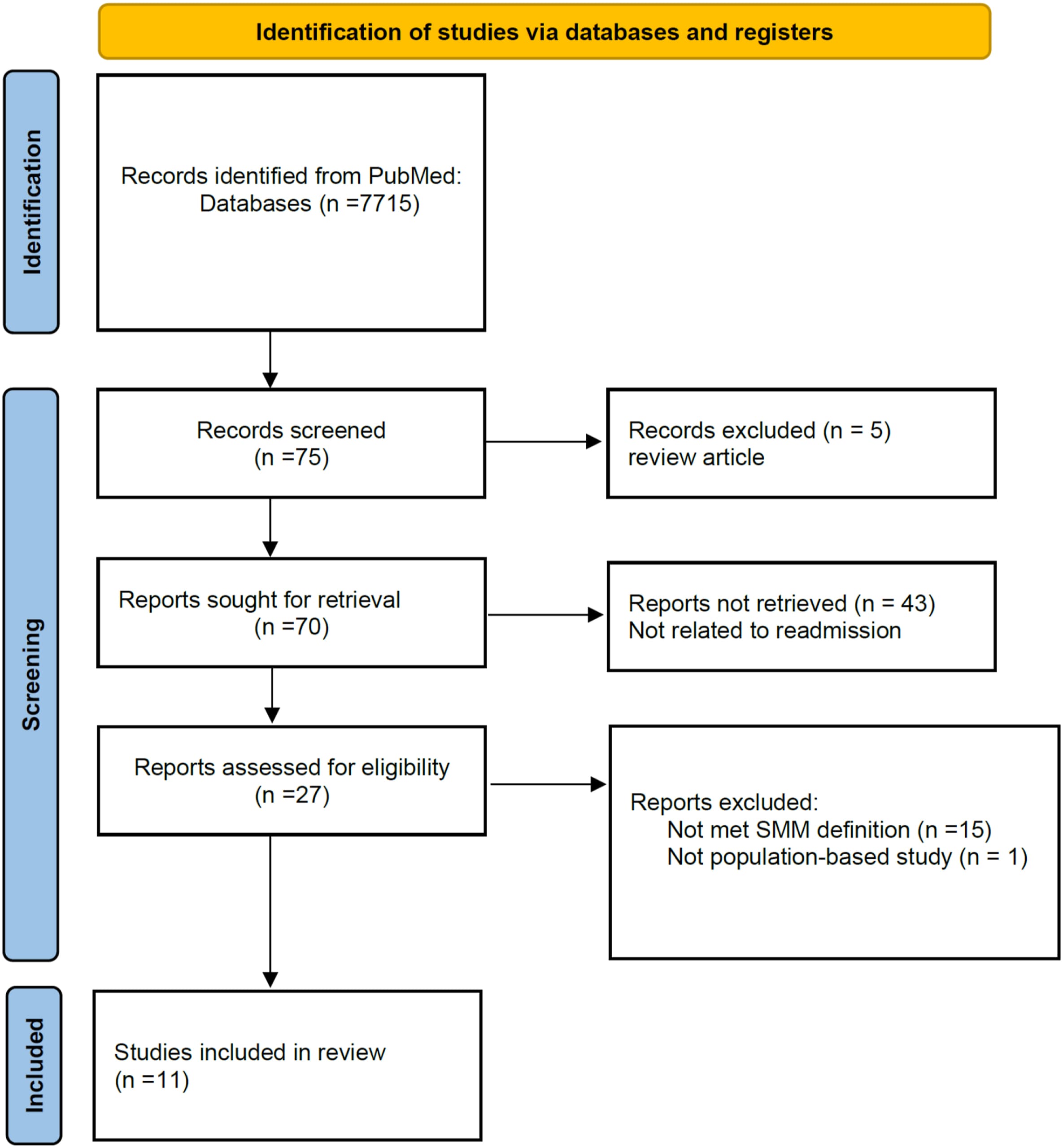
AUTHOR
Wen-Chu Huang、林青青 (本所專任助理教授) Ching-Ching Claire Lin ✉️
JOURNAL Taiwanese Journal of Obstetrics and Gynecology
PUBLISHED 2025.07.01
Abstract
Severe maternal morbidity (SMM) is now conceptualized to identify life-threatening events prior to maternal mortality worldwide. SMM could occur either during delivery hospitalization or arising from postpartum readmission (PPR). Apart from increase in medical cost and extended length of hospital stay during delivery, women with SMM also carry higher risk for postpartum readmission for management of delivery related complications or comorbidities. This review aims to collate published literature related to postpartum readmission associated with SMM including readmission rate, timeframe, diagnoses, personal and hospital factors. Literature search from PubMed was performed to identify relevant studies performed at population level published from 2015 to 2025. After exclusion, 11 articles were finally included. The PPR rate of SMM during delivery hospitalization varied from 2.45 % to 23.7 %. SMM at delivery was proven a 40–50 % increased risk for early and late readmission till one year postpartum. SMM arising from postpartum readmissions ranged from 12.1 % to 19.5 %. Over half of readmissions associated with SMM occurred within 7 days postpartum. Obstetric hemorrhage was the most popular diagnosis and blood transfusion was the most common SMM indicator in PPR associated with SMM. Hypertensive disorders of pregnancy such as eclampsia, preeclampsia were the other important etiology contributing to PPR. Cesarean delivery and other personal factors such as advanced maternal age, pre-exiting medical conditions were also important factors for PPR associated with SMM. This review confirmed women with SMM carried higher risk for readmission. However, the current evidence base is significantly limited by its overwhelming focus on the US context. The conditions in other regions, especially those with elevated maternal mortality or SMM rates, are a critical blind spot. Therefore, extensive research focusing on diverse global populations would be urgently needed.

